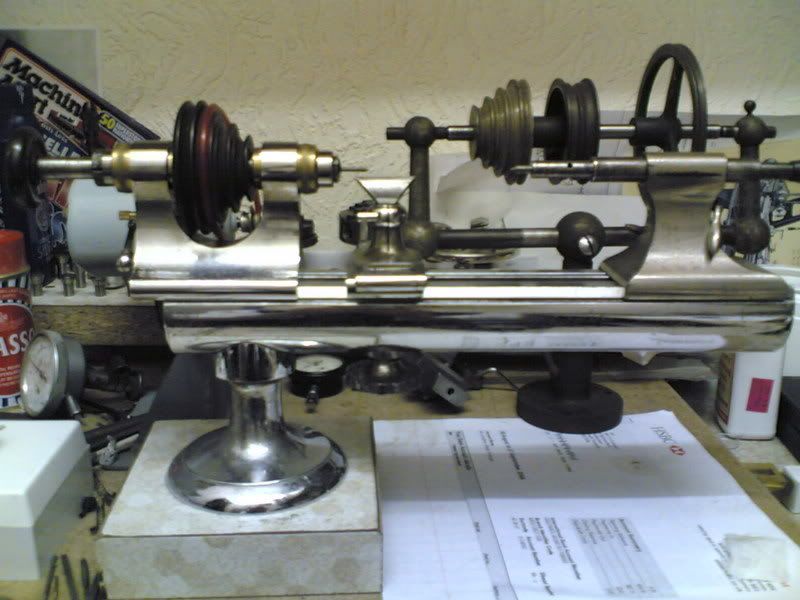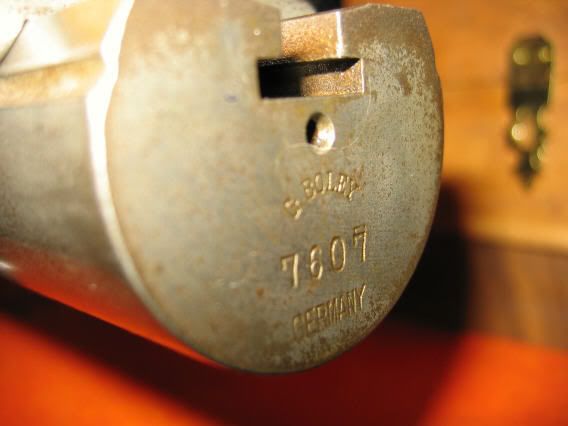Would it be fair to say that a G Boley watchmaker's lathe that says only "Germany" as the country of origin would have to be substantially pre-war?
Obviously post-war would likely have "W Germany" on it. I think that was pretty universal.
But I wonder if it can be additionally dated as pre-Nazi from the lack of any added adjectives before or after the word "Germany"?
Not a big issue, but a matter of curiosity. I went to the UK site, but information is sparse. It should be a "1A" type, that's about all I got from it.
I just picked up one in decent shape (worn plating in some areas) with a toolbox full of stuff, tools, watch parts, etc. 40 or so WW collets, brass wax faceplates, wheel chucks, drills reamers, etc. Have not yet classified the stuff as "fits lathe" or not. I'll probably have a few questions later.
Obviously post-war would likely have "W Germany" on it. I think that was pretty universal.
But I wonder if it can be additionally dated as pre-Nazi from the lack of any added adjectives before or after the word "Germany"?
Not a big issue, but a matter of curiosity. I went to the UK site, but information is sparse. It should be a "1A" type, that's about all I got from it.
I just picked up one in decent shape (worn plating in some areas) with a toolbox full of stuff, tools, watch parts, etc. 40 or so WW collets, brass wax faceplates, wheel chucks, drills reamers, etc. Have not yet classified the stuff as "fits lathe" or not. I'll probably have a few questions later.









